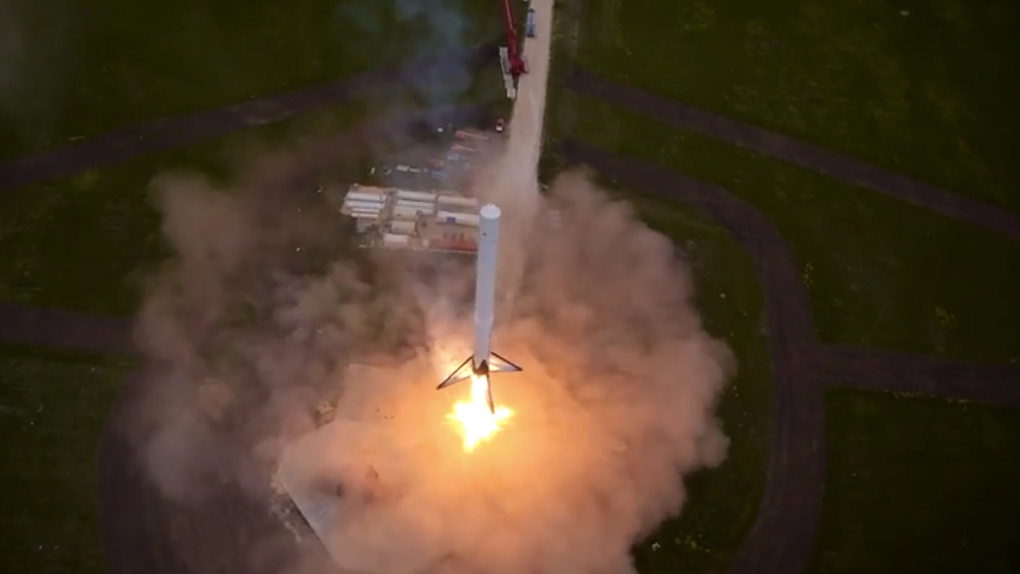Famed billionaire and wannabe space cadet Elon Musk took to Reddit to do a surprise AMA yesterday. It was supposed to be a follow-up to SpaceX’s recent announcement about how it plans to return Elon Musk to his place of birth, and also create a permanent Mars colony along the way.
DON’T MISS: Report claims iPhone 8 will feature a revolutionary new design that no one saw coming
Given that Musk insisted questions stick on the topic of SpaceX and its recent announcement, much of the conversation was centered around highly technical details. But there are still plenty of good nuggets to take away.
On the number of times the Falcon 9 rocket can be re-used:
“I think the F9 boosters could be used almost indefinitely, so long as there is scheduled maintenance and careful inspections. Falcon 9 Block 5 — the final version in the series — is the one that has the most performance and is designed for easy reuse, so it just makes sense to focus on that long term and retire the earlier versions. Block 5 starts production in about 3 months and initial flight is in 6 to 8 months, so there isn’t much point in ground testing Block 3 or 4 much beyond a few reflights.”
The reusability of the Falcon 9 rocket might sound like a minor thing, but it’s actually a crucial component in sending people to Mars. The more times a rocket can be used, the lower the cost of sending stuff into space is. One of the hardest parts (economically speaking) about a sustainable colony on Mars is sending everything there, since launching things into space costs hundreds of thousands of dollars per pound. An indefinitely reusable Falcon 9 would help with that.
On the plan for building up a Mars colony:
“We are still far from figuring this out in detail, but the current plan is:
- Send Dragon scouting missions, initially just to make sure we know how to land without adding a crater and then to figure out the best way to get water for the CH4/O2 Sabatier Reaction.
- Heart of Gold spaceship flies to Mars loaded only with equipment to build the propellant plant.
- First crewed mission with equipment to build rudimentary base and complete the propellant plant.
- Try to double the number of flights with each Earth-Mars orbital rendezvous, which is every 26 months, until the city can grow by itself.”
Musk’s plan still sounds very ambitious, and there’s still a lot of unknowns that will need to be sorted out before the first scouting missions can go. But at least SpaceX seems to know what it doesn’t know, and is planning on filling in the gaps before sending major equipment.
What Mars buildings might look like:
“Initially, glass panes with carbon fiber frames to build geodesic domes on the surface, plus a lot of miner/tunneling droids. With the latter, you can build out a huge amount of pressurized space for industrial operations and leave the glass domes for green living space.”
Again, lots of unknowns. Currently, probes have drilled a couple inches into Martian rock, whereas Musk is proposing building entire underground cities on a planet we know objectively little about.
How many people will go on that first mission:
“Early missions will be heavily weighted towards cargo. First crewed mission would have about a dozen people, as the goal will be to build out and troubleshoot the propellant plant and Mars Base Alpha power system.”
More than anything else, we really learned that Musk is serious about his timeline and plans for colonizing Mars. Rather than this just being a pipe dream after sending a manned mission or two, it appears that SpaceX is seriously thinking about and designing components for a long-term Mars base.










